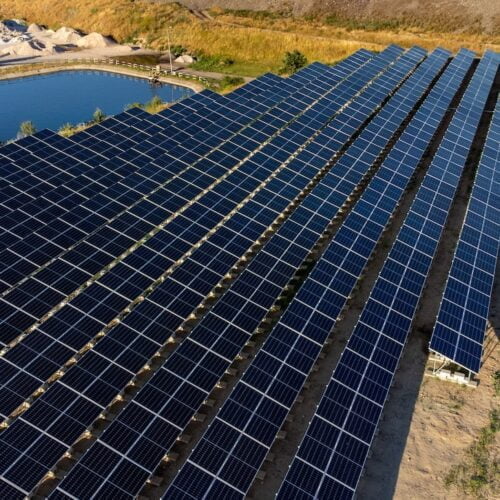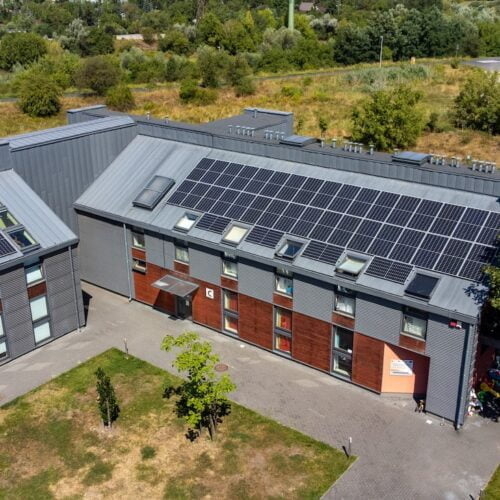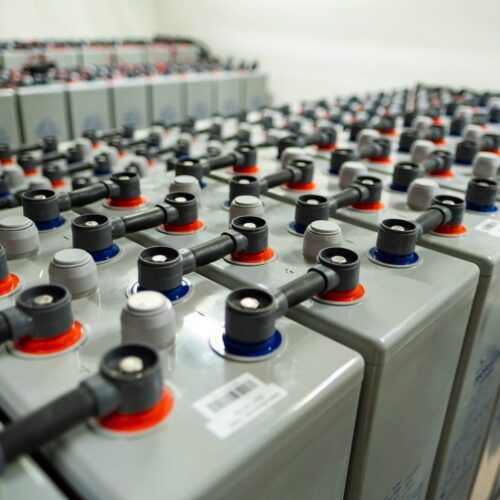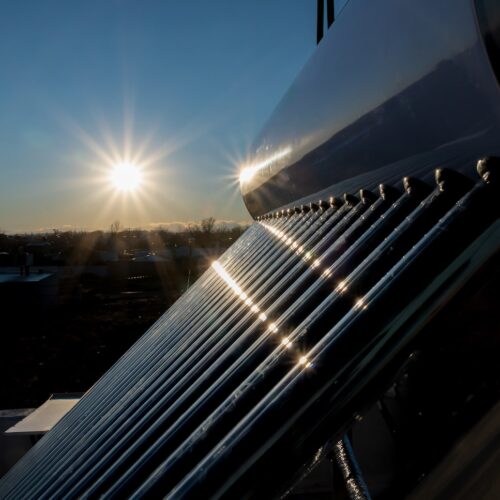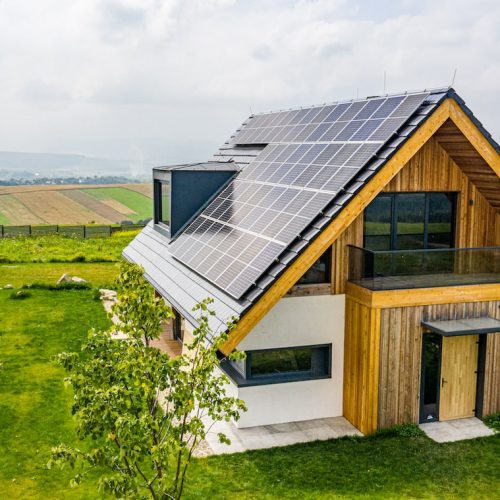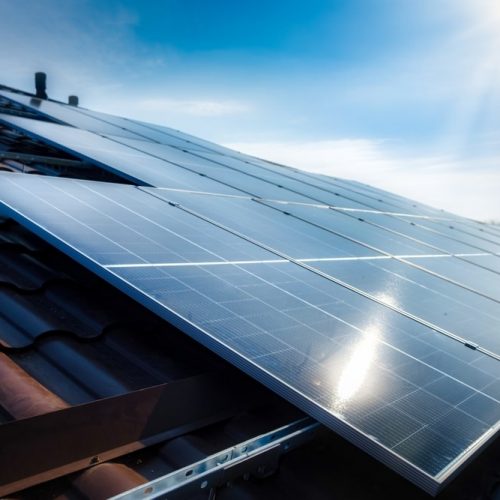Photovoltaic panels have become very popular lately, as they allow large savings on electricity. They convert the energy of the sun’s rays into electricity that can be used for domestic use. However, many people wonder whether photovoltaic panels are able to work properly on days when the sun doesn’t shine too brightly.
Operation of photovoltaic panels on cloudy days
Photovoltaic panels are able to achieve their best performance at 25 degrees Celsius and on a cloudless day. Nevertheless, even full cloud cover or rain will not cause the panels to completely cease to serve their purpose. Photovoltaic cells are able to catch visible light and other light waves, as they are able to pierce through the thick cover of heavy, feathery clouds. For this reason, the installation can generate electricity in any weather conditions.
In unfavorable conditions, photovoltaics just do not get their full output – the efficiency of the installation is then between 60 and 80 percent. When the sun is not visible in the sky at all, photovoltaic panels operate at 10 – 20 percent. The installation stops working only after dark, when no sunlight reaches it.
Photovoltaics in winter
The period with the lowest insolation is from November to January, when the days are shortest. This change has a direct impact on the performance of photovoltaic panels. In winter, photovoltaics produce much less energy than in summer. However, this is due not only to the short duration of the sun’s operation, but also to the numerous snowfalls that can obscure the photovoltaic panels. For this reason, photovoltaic cells should be cleaned gently with a brush during the winter to improve their efficiency and strengthen their performance. On the lower efficiency of photovoltaic installation however, is not affected by low temperatures. Paradoxically, the cold has a positive effect on the flow of electrons, thus increasing the efficiency of solar cells.







